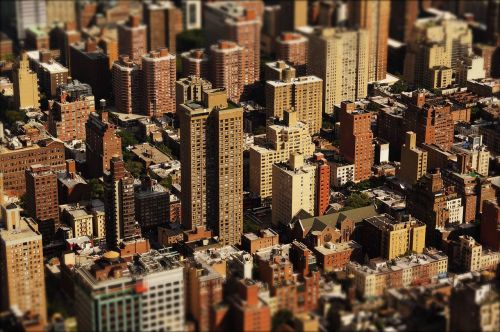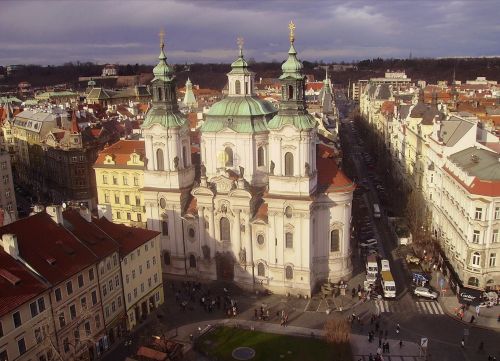The discreet charm of diplomacy
Architecture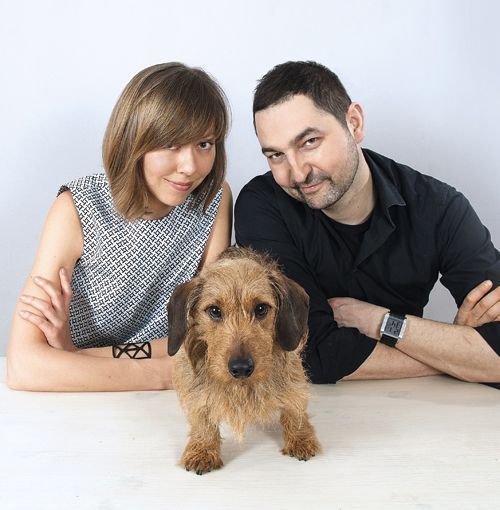
Tomasz Cudowski, ‘Eurobuild CEE’: It doesn’t often happen that a foreign diplomatic post entrusts local architects with designing their premises. How did you find yourselves entering such a competition?
Przemek Kaczkowski, partner, Stoprocent Architekci: We can’t give you all the details, but at the start we were invited to participate in a small, closed competition. The ordering party wanted studios to come up with ideas for the new building of the Malaysian Embassy, which is to be built on ul. Szwoleżerów in Warsaw’s Mokotów district. The design that we prepared together with LAP Studio won the joint second prize. [A first prize was not awarded – editor’s note]
How do you go about designing projects for Asian clients in this part of the city?
Magda Morelewska, partner, Stoprocent Architekci: On the one hand it is easy, because the kind of development for this plot had been imposed by the site development conditions, so the outline of the building ‘drew itself’. We also received a detailed brief from the Embassy, including their precisely stipulated expectations and requirements, so we knew exactly what the investor expected. On the other hand, it was a challenge because it was very different from a typical office design.
How was it different? Could you share some of the secrets of designing for diplomatic missions? We promise not to tell anyone!
Magda Morelewska: The embassy complex is to have a few specific features, such as fences of a certain height, while the buildings are to be located deep inside the plot, and there will also be a porter’s lodge for controlling the traffic access into the complex. As you can see on the visualisation, the new Malaysian Embassy is to consist of two buildings connected by a glass hall. The building on the right has an official designation – with a reception downstairs and offices on the upper floors. The glass connector itself will function as an events area – for festivals and exhibitions promoting culture, industry or tourism in Malaysia. A garden is planned on the roof of the connector, where the ambassador will be able to hold less official meetings. The left building comprises four apartments for embassy employees and technical rooms.
Przemek Kaczkowski: I would also like to add that the main idea behind the design was to form a proper relationship between the building’s body, the entrance square and the rhythm of the façade and fence elements. The concept is intended to emphasise the seriousness and at the same time the openness of the institution – we tried to express this through giving it a simplicity of form, while stressing moderation in the aesthetic elements and the façade.
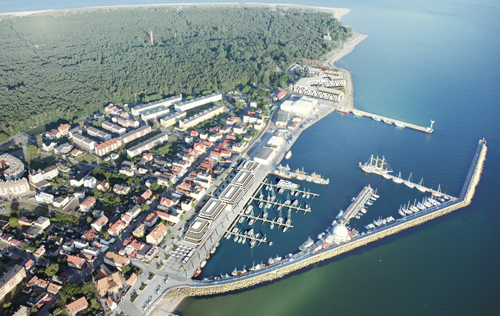 Hel town council is planning to develop a new town centre
Hel town council is planning to develop a new town centrewith commercial and residential buildings as well as a marina
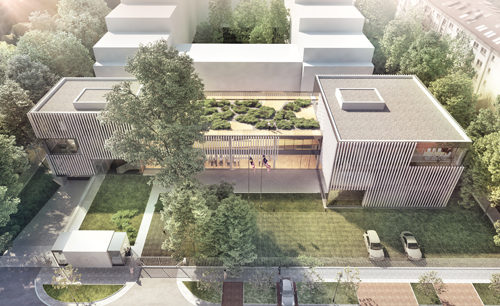 The design of the Malaysian Embassy on ul. Szwoleżerów
The design of the Malaysian Embassy on ul. Szwoleżerów
 The “Impossible Project” – the underwater Warszawa Powiśle
The “Impossible Project” – the underwater Warszawa Powiślestation
Where did you find your inspiration when you were doing the design work? Perhaps you went on a field trip? Let’s say: a month in Malaysia, all laid on by the Embassy, of course...
Przemek Kaczkowski: Well, we were secretly hoping for that [laughter], but photos and videos turned out to be enough.
Magda Morelewska: Malaysia inspired us to such an extent that the layout we gave to the Embassy complex is a reference to the shape of this country. Malaysia comprises the southern part of the Malay Peninsula and the island of Borneo – two expanses of land separated by the sea. And the buildings we have designed consist of three structures surrounded by a homogeneous façade. The middle section – the glass entrance and the exhibition hall – has been designed to symbolise the sea, with its rippling, softly shaped ceiling. While the layout of the greenery on the roof of the Embassy resembles the tea fields typical of the country. If you look at this picture of Malaysian fields and this visualisation of the greenery on the Mokotów roof...
Indeed, they are similar. When will it be possible to admire them in real life?
Przemek Kaczkowski: It’s difficult to say, because we don’t know how this project will turn out. This is the charm of entering such a competition – there are still many options when it comes to taking things to the next stage. Our design was recognised by the investor, but it might be the other finalists who are invited to further negotiations or they might choose a completely different design to all of those entered in the competition. It is also quite a long process – we won the Malaysian Embassy competition more than a year ago and were only given permission to publish this information in January. But any invitation to a closed competition is a great honour and a unique experience.
This is your first “diplomatic” commission, but you have had many other spectacular contracts, even though you are still a young company. Could you tell us something about these?
Magda Morelewska: Would you prefer them in chronological or alphabetical order? [laughter] Indeed, while we were working for our previous major architectural studio, Estudio Lamela, we carried out the design work for several large buildings: stadiums, airports as well as the Warsaw underground. And as Stoprocent Architekci we have designed, for example, an executive lounge at Chopin Airport, as well as preparing a development study for the old harbour in Hel, which is to be the site of a new town centre with commercial and residential buildings and a marina. And, quite recently, we won a competition and signed a contract with PHN for the redevelopment of a 1970s Warsaw office building, which will be converted into an apartment block.
You also have also designed some “impossible projects” as a kind of thought experiment to imagine what can be done architecturally, such as your plan for an underwater Powiśle metro station.
Przemek Kaczkowski: Life shows that nothing is impossible. After we did this, the real station was itself flooded with subsoil water during its construction, and so our visualisations were picked up by the internet, featuring in dozens of memes. Fortunately, the crisis on the construction site was eventually sorted out and the station was built. Unfortunately, without our glass walls.
From airports and stadiums to ...
Magda Morelewska and Przemek Kaczkowski, the studio’s founders, gained their experience working for major international and Polish architectural studios. They took a direct part in the design of buildings for Warsaw Airport, as well as the Cracovia stadium in Kraków and the Lublin city stadium. Since 2012 they have been working under the name Stoprocent Architekci and have taken on a variety of contracts – designing unique detached houses as well as residential, commercial and public buildings.











































